If you intend to grow vegetables, herbs, or any other plant, I’m sure you have come across the term “propagate” at some point. So, what exactly does propagate mean?
In the context of farming, the word propagate means to multiply the number of a particular species or cultivar of a plant. This can be done in several ways but is usually classified as either sexually or asexually.
Okay, so I know I’ve introduced another two terms, but don’t worry, we will get to these soon.
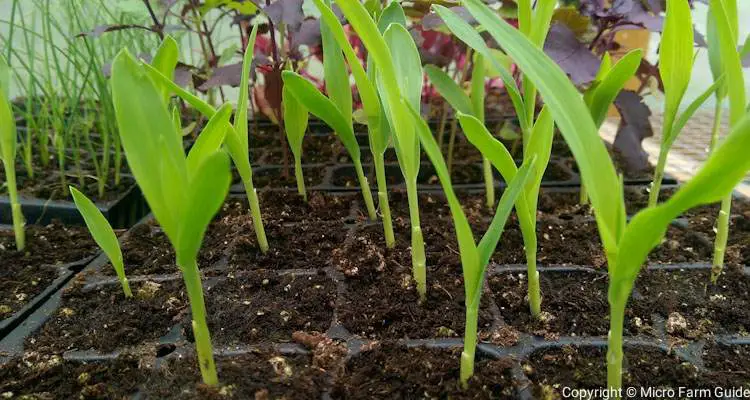
This article will take a closer look at what “propagate” means concerning plants and some quick tips to get you started with plant propagation.
So, if you’re unsure about what propagate means or want a refresher, our guide is just what you’ve been looking for. Let’s dig in!
What Does Propagation Mean?
While it might sound confusing, propagation is simply the process of expanding the number of a specific type of plant.
Typically in nature, plants would propagate sexually through the production of seeds, germinating once exposed to the right conditions, eventually growing into similar plants.
However, horticulturists have developed methods of reproducing plants asexually by using plant parts throughout the centuries.
Sexual Propagation
As previously stated, sexual propagation is based on the production of seeds by the plant. It is the natural way of plant reproduction and requires no specialized equipment.
For the seeds to be formed, pollen has to be transferred from the anther to the flower’s stigma, in a process called pollination.
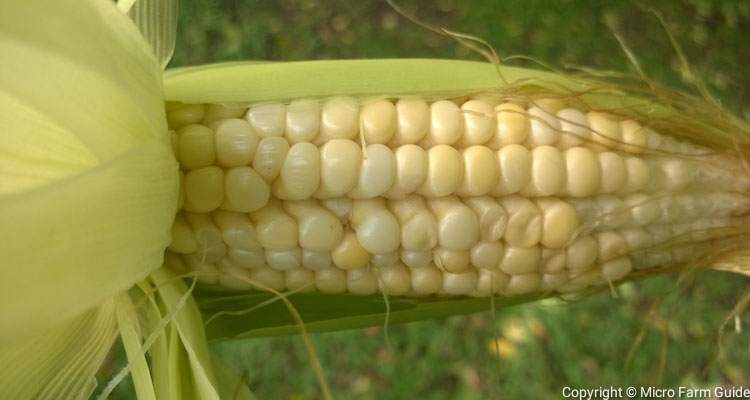
For plants that self-pollinate, every seed it produces will have the exact genetic makeup as found on the parent plant, except for any mutations.
Cross-pollinated plants will have a mix of different genes from the parent plants. This often results in unique plants, which may or may not have the same characteristics as either parent.
As you can imagine then, there is often a lot of mixing of different genes. This is important for the survival of a plant species, as it prevents any environmental changes from wiping out a species in one go.
How To Sow Seeds
Sowing seeds yourself is relatively straightforward as long as you stick to these steps as closely as possible!
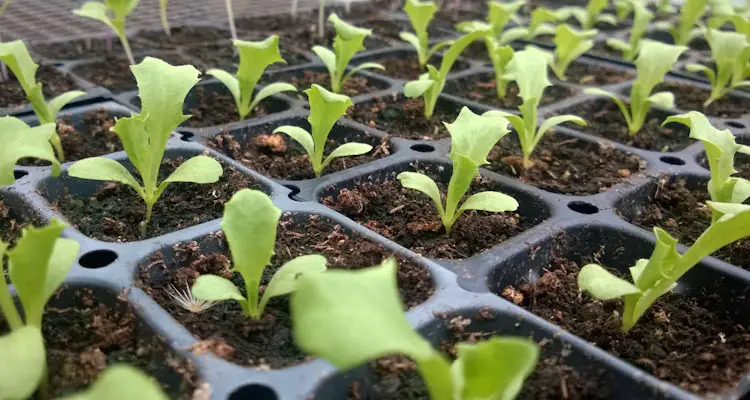
Fill a container with potting medium, leaving around ¾ inch space at the top. Then, gently pat the potting medium until it is firm and level.
Next, use a plant label or a sterilized instrument to make small, shallow rows in the seed start medium. Keep them around 1-2 inches apart for the best results.
Sow the seeds into these rows, keep them in thin and uniform lines, and label them appropriately as soon as possible.
You should then cover your seeds using some potting mix or vermiculite. You should only do this if the seeds don’t require light to germinate. Mist the medium until it is moist and saturated, and allow it to drain.
Either place the container in a plastic bag or cover it with plastic, preventing it from drying. And keep it between 75-80 degrees F. If the seeds require it, provide them with light from incandescent light.
Note: You should then monitor the seeds daily for temperature fluctuations and see if any seedlings emerge. The container should be uncovered when emergence occurs and moved into a brighter light.
Asexual Propagation
Asexual propagation consists of taking a vegetative part of one plant and planting them to make an exact genetic clone of the original plant.
There are a few advantages to asexual propagation, namely the fact that you can genetically replicate the parent plant with ease. It also takes a lot less time for the plant to be big enough to transplant.
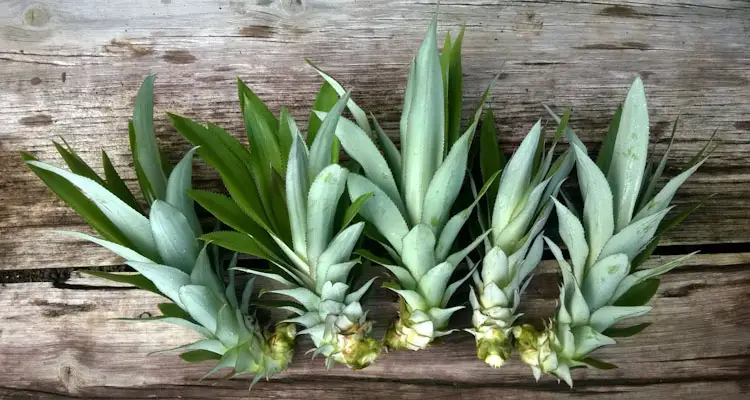
Additionally, some species of plants might have less viable seeds or even be sterile, which makes asexual propagation the best way to expand the species.
A few different methods of asexual propagation are commonly used by gardeners. These include taking cuttings, grafting, layering, division, and budding and developing entirely new tissue cultures inside a laboratory!
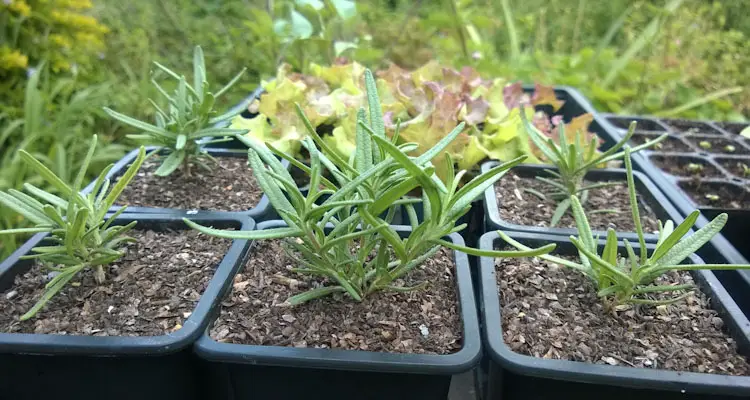
Typically, most gardeners will take a cutting since it is by far the easiest way to expand a plant’s species. This also means that gardeners can share plants with one another relatively quickly.
Note: Methods such as air layering and grafting are typically done by expert gardeners. They can be pretty complicated processes that require a lot of knowledge before they can be executed successfully.
What Tools Do I Need For Plant Propagation?
If you’re planning on propagating your plants, here are some tools you might need!
- Propagation Knife
- Sharpening Stone
- Hand Pruners
- Dibble – This is a small tool used to make holes in the soil to allow you to plant seeds or bulbs or transplant a plant!
- Grafting Chisel + Small Mallet:
- Grafting Wrap/Tape
- Grafting Wax
As you may have noticed, these tools are only necessary if you intend to practice different forms of asexual propagation. In either case, have fun!
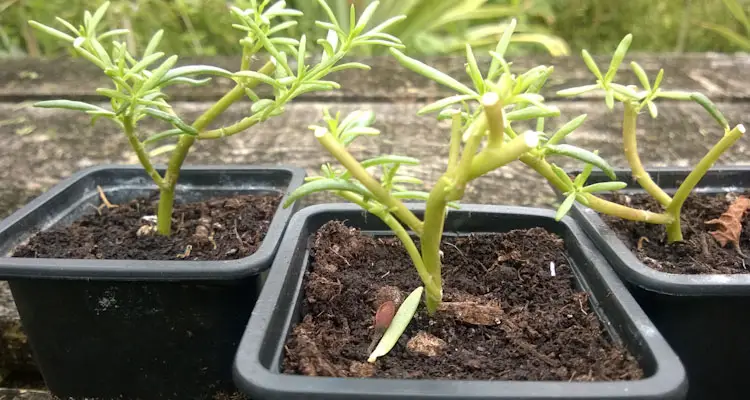
Final Thoughts
When it comes to farming, several words can often confuse beginners and newcomers.
However, these are often essential to know, so you should try to find out what they mean and prevent yourself from any unnecessary confusion.
We hope you’ve learned a thing or two about the different propagation types and our tips on sowing seeds. Thank you for reading!
References
The University Of Maine Extension. Plant Propagation – Master Gardener Volunteer Manual. extension.umaine.edu. Accessed September 2022

